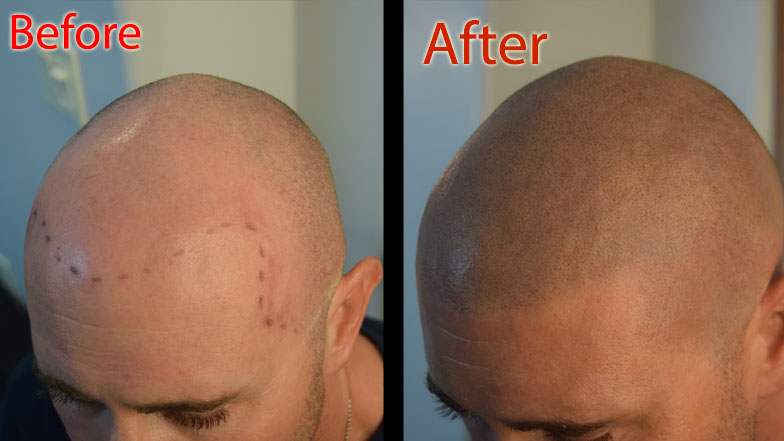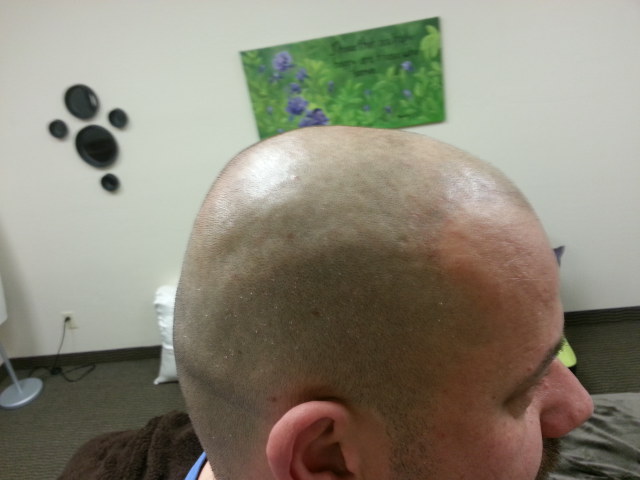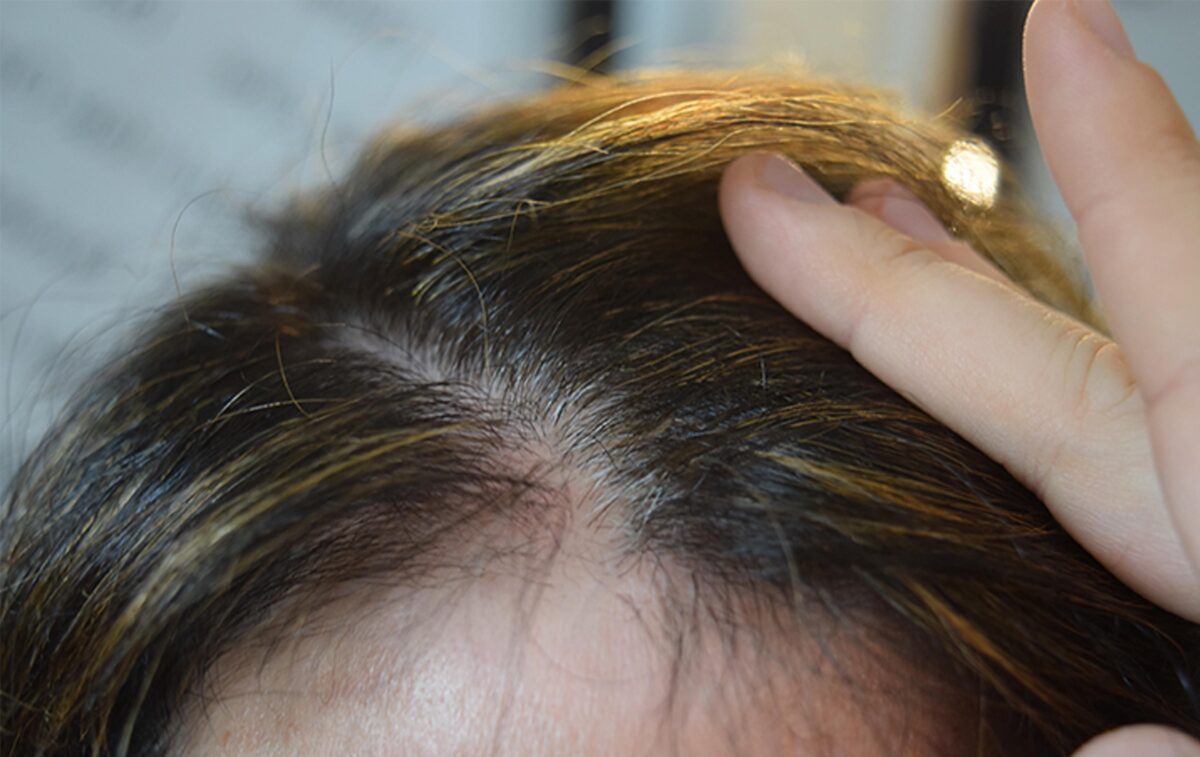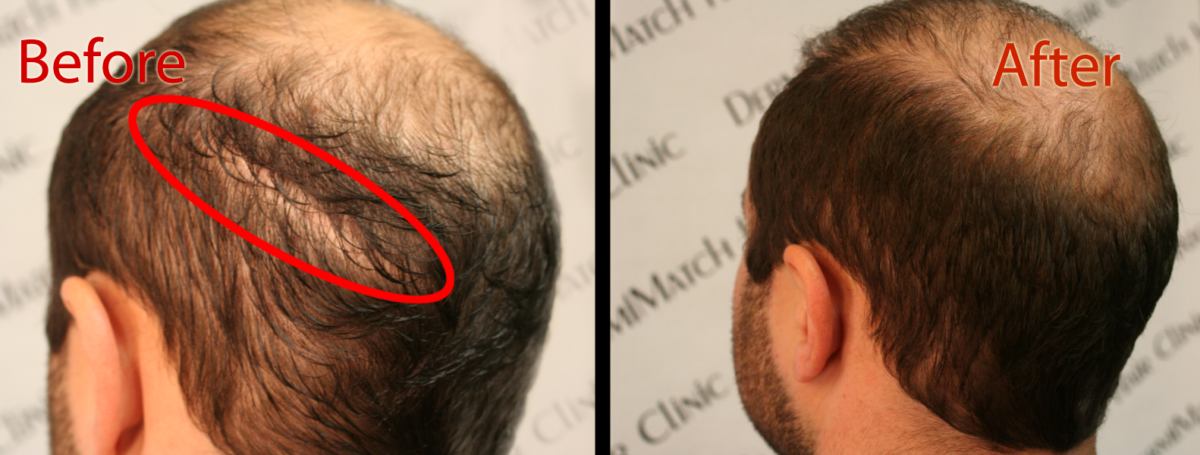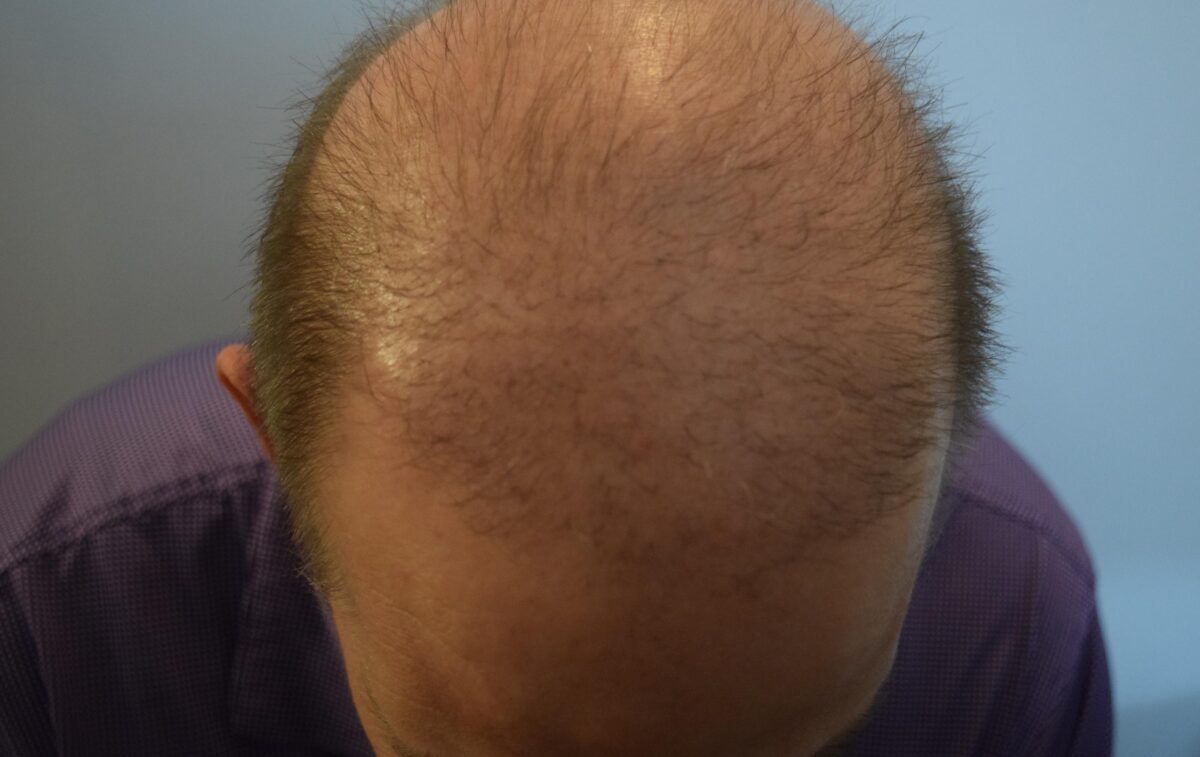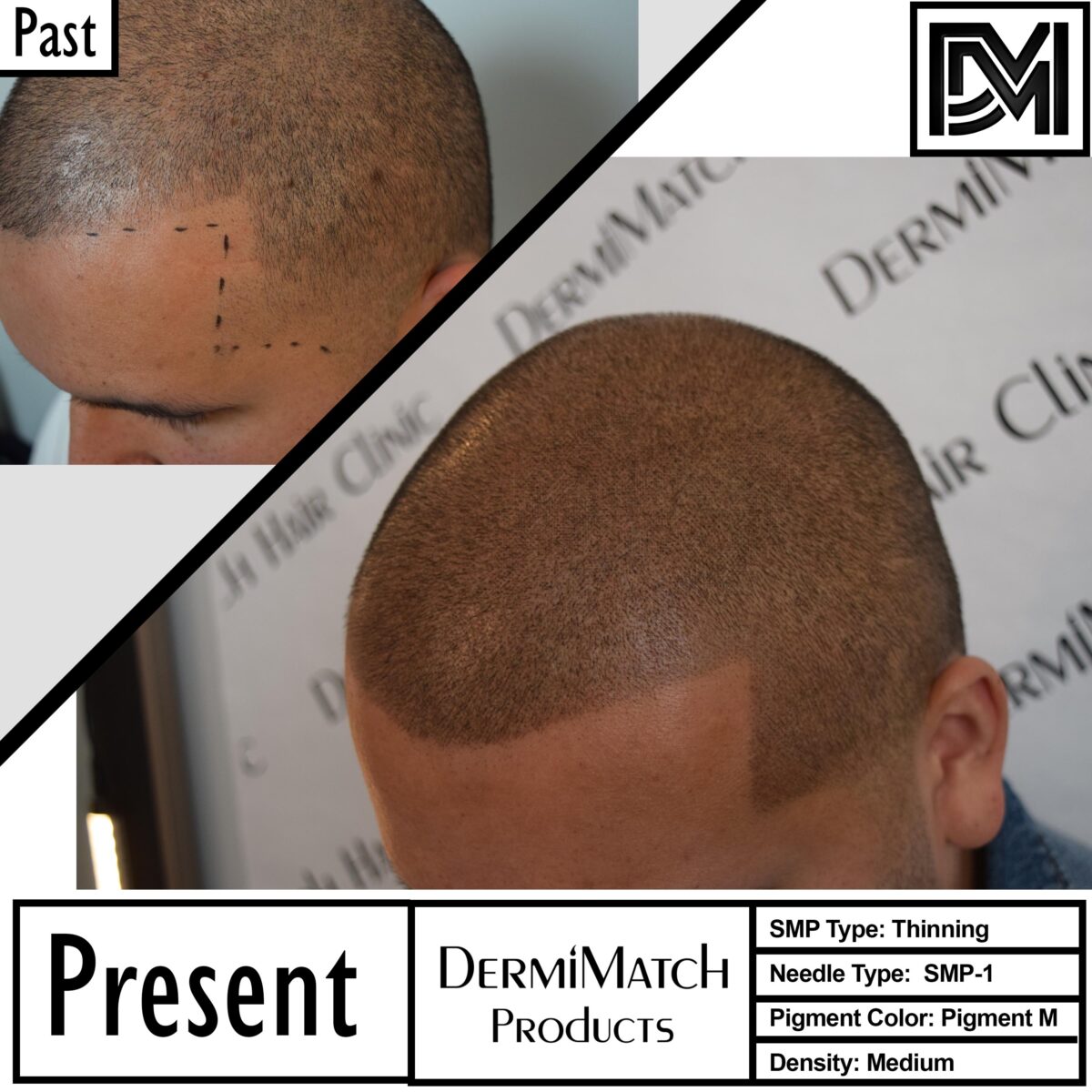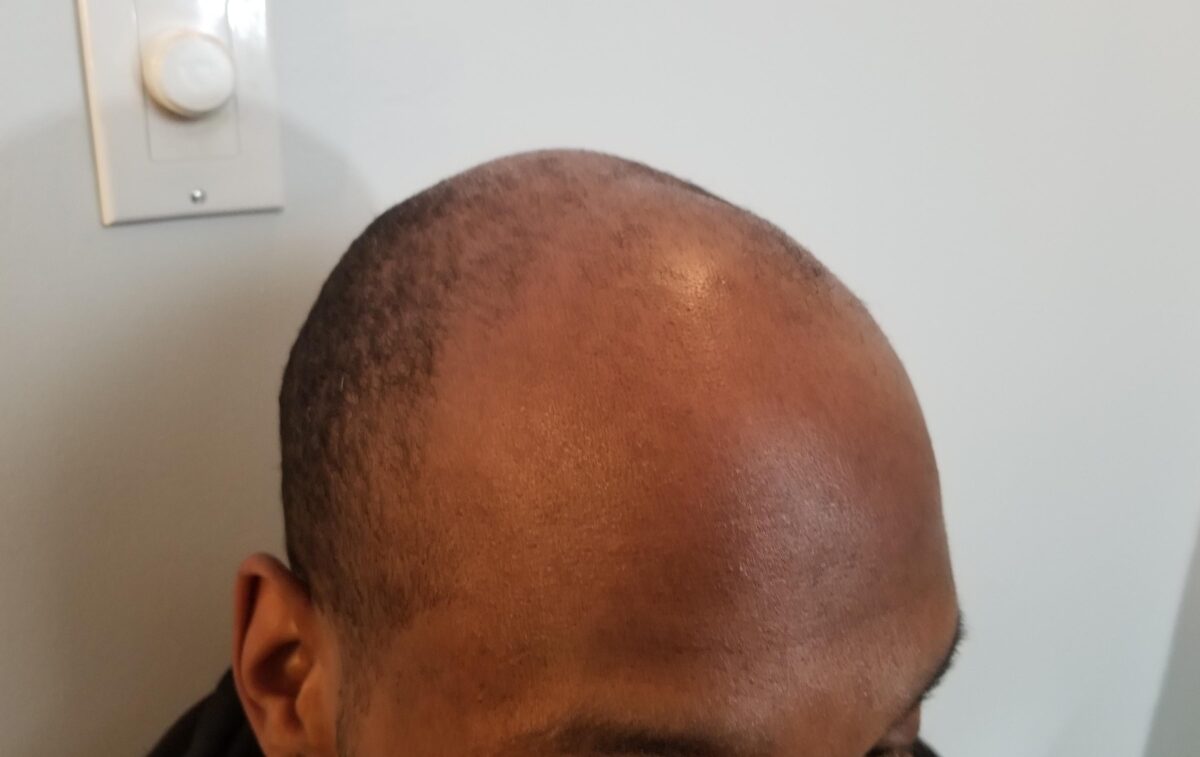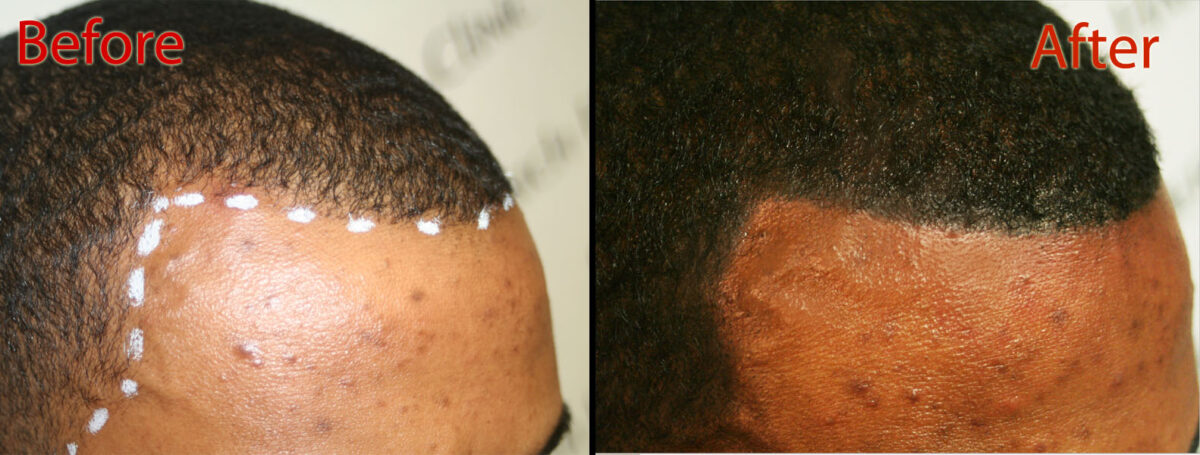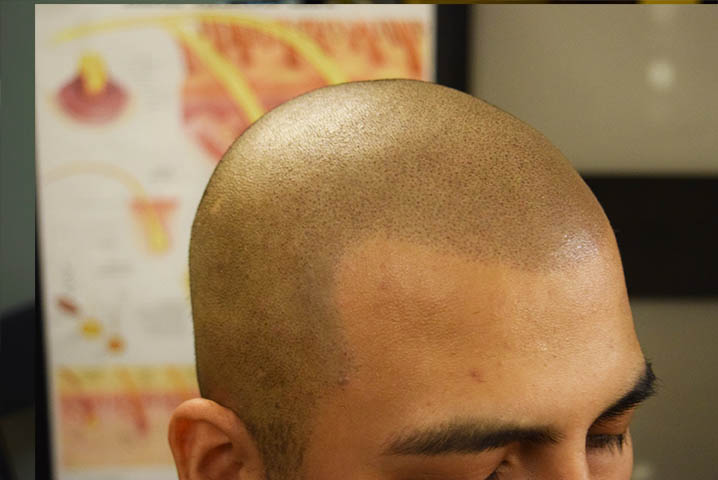Can you reduce DHT naturally? Can hair regrow from DHT? Dihydrotestosterone is a sex hormone produced naturally in the body. It forms specific masculine features, including muscle growth, prostate, and deep voice. Besides, it helps with hair health, too much DHT is unsuitable for hair.
Excessive levels can cause hair loss as too much of this hormone blocks essential nutrients and hinders their supply to hair follicles. When the follicles are drained of nutrients, they shrink and degrade. Ultimately, they stop growing.
When there is no new hair growth, baldness sets in. Let’s see if there are ways to reduce DHT for hair growth.
What causes DHT to Increase?
Certain lifestyle habits may cause an increase in DHT levels, which otherwise tends to increase with age. A poor dietary regime, drinking, smoking, high levels of stress, and specific medications can all contribute to an increase in DHT. Increased DHT production is often responsible for hair thinning, shedding, and baldness.
What foods reduce DHT?
Several foods packed with vitamins and minerals are known as natural DHT blockers. Let’s identify those foods and find out how they help lower the levels of DHT hormone.
Zinc
Specific foods rich in zinc are known as DHT blockers. These foods contain phytosterol that blocks the production of DHT. Pumpkin seeds, kale, spinach, chia seeds, chickpeas, cashews, oatmeal, melon seeds, and dairy products are some of the vegetarian zinc-rich foods.
Lycopene
Foods rich in lycopene are touted to be natural DHT blockers. Try to include more tomatoes and carrots in your diet for lycopene. Other vegetarian sources of lycopene include mango, watermelon, cranberries, papaya, melon, peach, and apricot.
Biotin
Biotin plays a crucial role in reducing DHT production in the body. Vitamin B7 helps with metabolism and production of glucose. What’s more, biotin helps with the formation of amino acids that aid in the building of protein in the body. Ultimately, protein is critical to the health of your hair and skin. Keratin, a form of protein, is also formed when you include biotin-rich foods in your diet.
Some of the veg sources of biotin include almonds, legumes, bananas, berries, avocados, and watermelon seeds.
How do I block DHT from my scalp?
It’s essential to lower increased levels of DHT. To do so, practice a healthy lifestyle with a diet that includes zinc, biotin, and lycopene. Besides, it might help to quit smoking and drinking alcohol. Stress management is crucial to overall health and well-being. This holds true for skin and hair health as well.
You may opt for DHT blocker shampoo, which is specially formulated to inhibit the production of this hormone. In addition, it reduces Alpha 5 Reductase formation, which is responsible for converting testosterone to DHT. However, not everyone finds favorable results with these products.
So when reducing DHT naturally, you can try the aforementioned dietary lifestyle. But when nothing works, it might be a huge frustration.
Luckily, there is scalp micropigmentation to hide the effects of DHT on your scalp. when you cannot naturally reduce DHT, try SMP in Arizona. Top Arizona scalp artists can help camouflage the adverse effects of DHT so you can enjoy a youthful look.
The best SMP practitioners in Arizona are available at DermiMatch Clinic to help you. Get in touch with them now.

